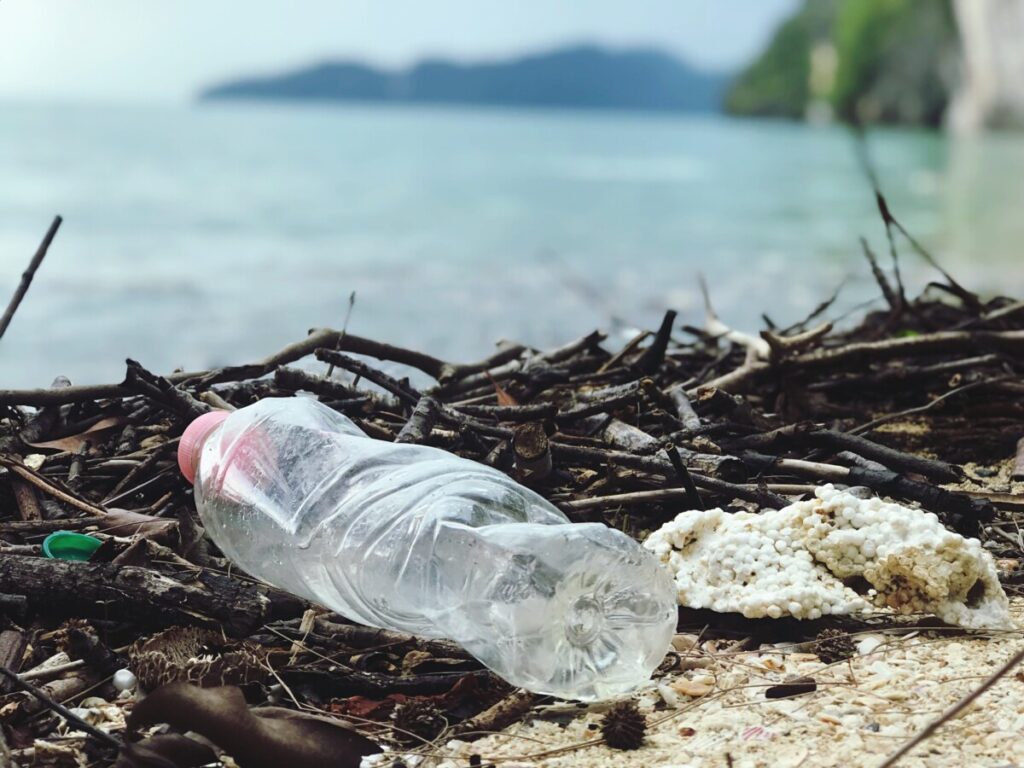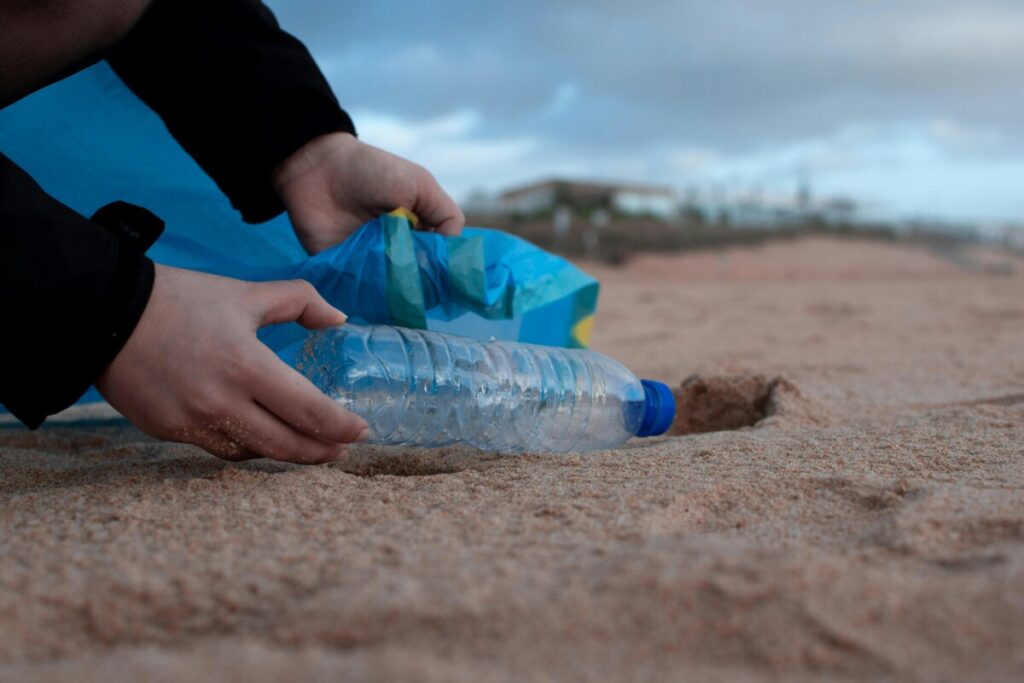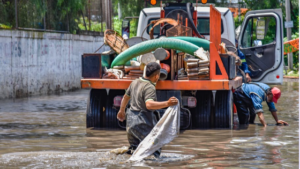Strategies to Combat Plastic Pollution

Welcome to the alarming world of plastic pollution. With the exponential growth of plastic production and consumption, our planet is facing a crisis that demands immediate attention. Plastic pollution refers to the accumulation of plastic waste in the environment, which has severe consequences for both our planet and its inhabitants.
In this article, we will delve into the causes, consequences, and solutions of this pressing issue. By understanding the scope and severity of plastic pollution, we can work towards finding effective solutions. From marine life and ecosystems to human health, the impact of plastic pollution is far-reaching and requires a collaborative effort to combat it. Join us as we explore the causes of this crisis and discuss the role of education and awareness in creating a more sustainable future. Let’s take a closer look at this global crisis and how we can make a positive impact.
Understanding Plastic Pollution
Plastic pollution is a rapidly growing environmental crisis that has far-reaching consequences on our planet. According to a report by the World Economic Forum, it is estimated that by 2050, there will be more plastic in the oceans than fish. This shocking statistic highlights the urgency of understanding the scope and severity of plastic pollution.
The impact of plastic pollution on marine life and ecosystems is devastating. Millions of marine animals die each year due to ingestion of plastic or entanglement in discarded plastic debris. Microplastics, which are tiny pieces of plastic, also pose a threat to marine life as they are often mistaken for food and can enter the food chain.
Moreover, plastic pollution has serious implications for human health. Plastic waste releases harmful chemicals into the environment, contaminating our food and water sources. This can lead to a range of health issues, from respiratory problems to hormonal imbalances.
To address plastic pollution, it is crucial to understand its causes and consequences. In the following sections, we will delve deeper into the sources of plastic pollution and explore potential solutions to combat this global crisis.
Causes of Plastic Pollution
Plastic pollution is a complex issue with multiple causes that have contributed to its widespread prevalence in our environment. The main sources of plastic pollution include single-use plastics, such as straws and plastic bags, and microplastics – tiny pieces of plastic that can be found in products like cosmetics and clothing. The production of plastic and consumerism also play a significant role in the problem, with the demand for plastic products increasing globally. Additionally, the lack of effective waste management systems and improper disposal of plastic waste further exacerbate the issue. It is estimated that 91% of plastic is not recycled, and a significant amount ends up in our oceans and landfills.
Consequences of Plastic Pollution
The consequences of plastic pollution are far-reaching and have severe impacts on both the environment and human health. Plastic waste does not decompose and can persist in our oceans and landfills for hundreds of years, continuously polluting our planet. As a result, marine life and ecosystems suffer from entanglement, ingestion, and suffocation caused by plastic debris. Furthermore, the chemicals released from plastic pollution can contaminate water sources and food chains, posing a threat to human health.
In addition to the ecological consequences, plastic pollution also has economic and social impacts. Tourism and fishing industries are significantly affected by plastic pollution, resulting in financial losses for communities. Moreover, the presence of plastic waste in our communities has detrimental effects on mental and physical well-being. The burden of cleaning up plastic pollution also falls on local governments, resulting in additional costs for taxpayers.
The consequences of plastic pollution are not limited to a particular region or community. It is a global crisis that affects us all and requires immediate action. Without effective solutions, the consequences of plastic pollution will continue to worsen and have long-term consequences for future generations. It is essential to address this issue and make conscious choices to reduce our plastic consumption and properly manage plastic waste to mitigate its consequences.
Solutions to Combat Plastic Pollution

The global crisis of plastic pollution requires urgent action and collaboration from all sectors of society. In this section, we will discuss the various solutions that are being implemented to combat plastic pollution.
1. Recycling and Waste Management Systems:
One effective solution to reduce plastic pollution is through proper recycling and waste management systems. This involves separating, collecting, and processing plastic waste into new materials, reducing the need for new plastic production.
2. Government Policies:
Governments play a crucial role in reducing plastic consumption and promoting sustainable alternatives. Some governments have implemented plastic bans or taxes, while others have invested in recycling infrastructure and promoted the use of biodegradable plastics.
3. Individual Actions:
Individuals can also make a significant impact by reducing their plastic consumption and advocating for change. This can be achieved through choosing reusable alternatives, properly disposing of plastic waste, and supporting sustainable businesses.
4. Innovative Alternatives:
Emerging technologies and innovations, such as biodegradable plastics and circular economy models, offer promising solutions to plastic pollution. These alternatives aim to reduce plastic production and increase the use of environmentally-friendly materials.
In conclusion, tackling plastic pollution requires a multi-faceted approach, involving both individual and collective efforts. By implementing these solutions, we can work towards creating a cleaner, healthier environment for future generations.
Innovative Alternatives to Plastic
There is a growing need for alternatives to plastic that are more sustainable and environmentally friendly. Many companies and individuals have started exploring innovative solutions to reduce their plastic consumption and contribute to a cleaner planet. Some promising alternatives to plastic include biodegradable plastics, compostable packaging, and circular economy models.
Biodegradable plastics are made from natural materials that can break down over time, reducing the amount of plastic waste in landfills and oceans. Compostable packaging, on the other hand, is designed to decompose completely, leaving behind no waste. These alternatives are gaining popularity, but there are still challenges in terms of scalability and cost-effectiveness.
Circular economy models aim to eliminate waste by designing products and packaging that can be reused, recycled, or repurposed. This can help reduce the production and consumption of single-use plastics. Examples of successful implementation of circular economy models can be seen in Sweden and Japan.
While these alternatives show promise in reducing plastic pollution, there is still a need for more research and development. It is important to continue exploring and investing in sustainable alternatives to plastic to create a more environmentally friendly future.
The Role of Education and Awareness
Education and awareness play a crucial role in addressing the issue of plastic pollution. It is essential to educate individuals about the definition of plastic pollution, its sources, and its impact on the environment and human health. Through education, people can understand the severity of the crisis and the need for immediate action.
Social media and mainstream media platforms can be powerful tools for raising awareness about plastic pollution. Influencers and organizations can use their platforms to spread information, encourage behavior change, and promote sustainable alternatives to single-use plastics. This can have a significant impact on individuals’ daily choices and contribute to reducing plastic waste.
Moreover, educating future generations about the importance of reducing plastic consumption can create a long-term impact. Schools and educational institutions can incorporate lessons on plastic pollution and environmental conservation. This can instill a sense of responsibility in children and promote a more sustainable future.
In conclusion, education and awareness are essential tools in fighting against plastic pollution. By increasing knowledge and understanding, individuals can make conscious choices in their daily lives and advocate for change. Together, we can create a cleaner and healthier environment for ourselves and future generations.
Conclusion
In conclusion, plastic pollution is a global crisis that requires urgent action. This article has highlighted the causes, consequences, and potential solutions to this environmental problem. With staggering statistics and real-life examples, it is clear that plastic pollution has far-reaching effects on our planet and its inhabitants.
While governments and corporations play a crucial role in addressing this issue, it is also up to individuals to make conscious choices in their daily lives to reduce plastic consumption and advocate for change. By promoting education and awareness, we can create a collective effort towards a more sustainable future.
The need for innovative alternatives to plastic and effective waste management systems is evident. It is our responsibility to support and implement these solutions in our communities. Together, we can make a positive impact and create a cleaner, healthier planet for future generations. It’s time to take action and make a difference in the fight against plastic pollution.
https://serenity7wellness.com/index.php/2024/01/30/zero-waste-living-tips/
https://endplasticwaste.org/en
FAQ’s
Q: What is plastic pollution, and why is it a critical issue?
A: Plastic pollution refers to the accumulation of plastic in the environment, particularly in the ocean and other water bodies. It is a critical issue because plastic waste can persist in the environment for hundreds of years, causing harm to marine life, ecosystems, and human health.
Q: How does plastic end up in the ocean?
A: Plastic enters the ocean through various sources, including improper disposal, littering, and inadequate waste management systems. It can also reach the ocean through rivers and streams, carrying plastic debris from urban areas to the sea.
Q: What are the impacts of plastic pollution on marine ecosystems?
A: Plastic pollution has a significant impact on marine life and ecosystems. It can harm marine animals through ingestion and entanglement, disrupt food chains, and damage critical habitats such as coral reefs and coastal areas.
Q: How can we combat ocean plastic pollution at the source?
A: Combatting ocean plastic pollution requires a multi-faceted approach, including reducing plastic production, improving waste management infrastructure, promoting recycling and reuse, and implementing regulations to minimize plastic emissions into the environment.
Q: What role does the plastic industry play in addressing plastic pollution?
A: The plastic industry plays a crucial role in addressing plastic pollution by adopting sustainable production practices, developing eco-friendly alternatives, and collaborating with stakeholders to promote responsible plastic use and disposal.







